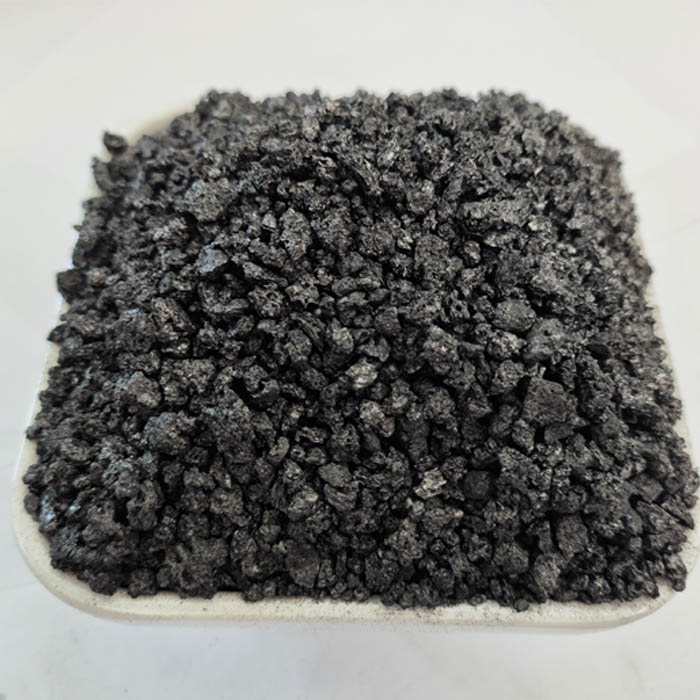Oct . 13, 2024 11:30 Back to list
Insulation Materials for Chilled Water Pipeline Systems in HVAC Applications
The Importance of Insulation Materials for Chiller Pipe Lines
Chillers are essential components in various industrial and commercial applications, providing cooling to processes, machinery, and indoor environments. The efficiency and effectiveness of these chillers are significantly influenced by the type of insulation materials used on their pipe lines. Proper insulation helps maintain the desired temperature of the fluids moving through the pipes and minimizes energy losses, leading to lower operational costs and increased system efficiency.
The Importance of Insulation Materials for Chiller Pipe Lines
To combat these issues, choosing the right insulation material for chiller pipe lines is crucial. Several factors must be considered, including the thermal conductivity of the material, its moisture resistance, mechanical strength, and resistance to chemicals. Common insulation materials for chiller pipes include fiberglass, polyurethane, and closed-cell rubber.
chiller pipe line insulation material

Fiberglass insulation is widely used due to its excellent thermal performance and moisture control. It is highly effective at minimizing heat transfer, thereby reducing energy losses. Fiberglass insulation is also lightweight, easy to handle, and relatively cost-effective compared to other insulating materials. However, it must be protected from moisture, as wet fiberglass can lose its insulating properties and promote mold growth.
Polyurethane insulation, on the other hand, is known for its superior thermal resistance and is particularly effective in applications where space is constrained. This closed-cell foam material has a low thermal conductivity, making it an excellent choice for maintaining low temperatures in chiller pipe lines. Additionally, polyurethane is resistant to moisture and has good mechanical properties, ensuring durability and effectiveness over time. However, care must be taken during installation, as improper handling can compromise its insulating qualities.
Closed-cell rubber insulation is another popular choice for chiller pipes. It offers excellent thermal performance, flexibility, and resistance to moisture and chemicals. This makes it ideal for use in environments where pipes might be exposed to harsh conditions. Its flexibility allows for easy installation around bends and fittings, reducing the chances of thermal leaks. However, closed-cell rubber can be more expensive than other insulation materials, so budget considerations may come into play.
In summary, the insulation of chiller pipe lines plays an integral role in the overall efficiency and performance of cooling systems. Selecting the appropriate insulation material is crucial in minimizing energy losses, managing condensation, and ensuring the longevity of the piping system. Fiberglass, polyurethane, and closed-cell rubber all offer unique benefits, and the choice among them should depend on specific project requirements, environmental conditions, and budget constraints. By investing in high-quality insulation, businesses can enhance the efficiency of their chillers, reduce energy costs, and promote a safer and healthier workplace.
-
High-Quality Fe-C Alloy Leading Manufacturers & Spherical Alloy Materials Supplier
NewsJun.10,2025
-
Premium Low Nitrogen Recarburiser Supplier & Manufacturer – High Quality Exporters
NewsJun.10,2025
-
DT4 High-Quality Magnetic Materials Leading DT4 Manufacturer & Supplier
NewsJun.10,2025
-
High-Performance Spring Steel Suppliers Custom Solutions
NewsJun.10,2025
-
Premium SWRCH6A Manufacturer Steel Wire Supplier & Factory
NewsJun.10,2025
-
Premium Mild Steel Wire Rod Supplier & Manufacturer
NewsJun.10,2025
